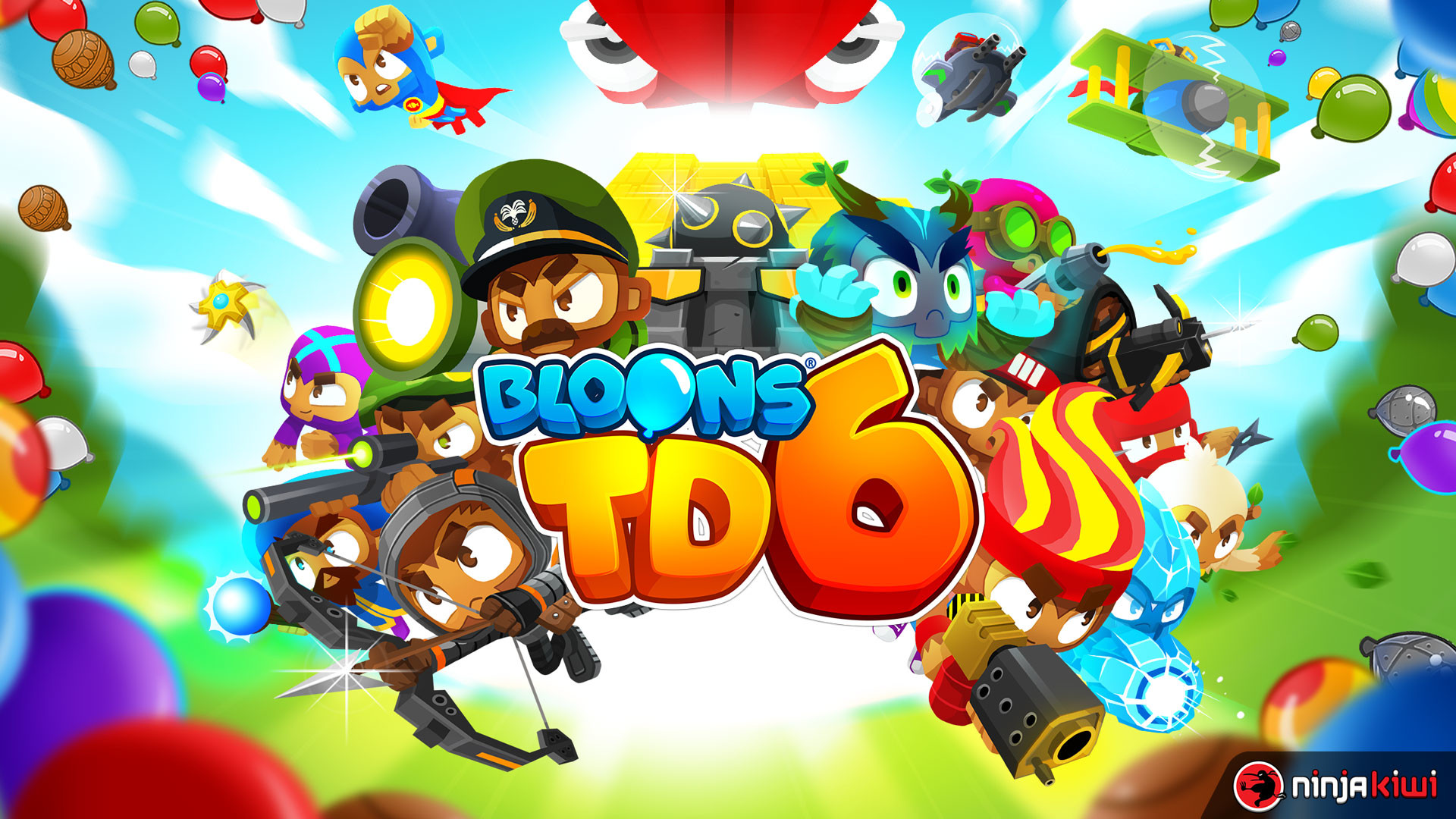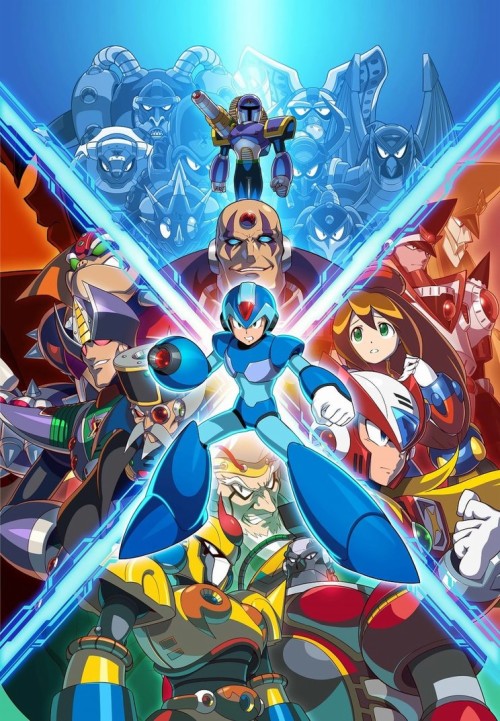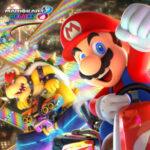The Legend of Zelda – A Timeless Adventure Through Hyrule
Introduction: A Journey That Transcends Generations
The Legend of Zelda is one of the most revered and influential video game franchises in history, with a legacy that spans over three decades. Created by Nintendo and directed by Shigeru Miyamoto, the series debuted in 1986 and quickly became a cornerstone of the action-adventure genre. Known for its intricate puzzles, immersive storytelling, and expansive worlds, Zelda offers players a blend of combat, exploration, and puzzle-solving like no other series.
What sets The Legend of Zelda apart is its timeless appeal. Whether you're playing the original Zelda on the NES, exploring the vast open world of Breath of the Wild, or reliving the fan-favorite Ocarina of Time, Zelda games are as captivating today as they were when first released. With a mix of fantastical storytelling, innovative gameplay, and a beloved protagonist, Link, The Legend of Zelda is a franchise that continues to shape the gaming landscape.
1. The Birth of a Legend: Origins and Early Development
A Game That Changed the Industry
The story of The Legend of Zelda begins in 1986, when Shigeru Miyamoto and Takashi Tezuka, two of Nintendo's most influential developers, conceptualized a game that would allow players to explore an open world full of hidden secrets, dungeons, and treasures. The Legend of Zelda was groundbreaking in its design, offering a non-linear world for players to explore at their own pace—a novel concept at the time.
The first game, released for the Nintendo Entertainment System (NES), introduced players to the kingdom of Hyrule, where they controlled Link, a young hero tasked with rescuing Princess Zelda and defeating the evil Ganon. Players navigated a vast world, solving puzzles, fighting enemies, and uncovering secrets hidden in caves and dungeons.
Influences and Impact on Gaming
The game's innovative design, with its emphasis on exploration, puzzle-solving, and hidden items, would go on to inspire many other games. The Zelda series' open-world approach was revolutionary for its time, and the inclusion of the Triforce, a mystical relic that represents the core values of power, wisdom, and courage, added depth to its narrative. The original Zelda laid the groundwork for what would become one of the most influential gaming franchises in history.
Pros:
-
Groundbreaking design that influenced the entire gaming industry
-
Non-linear gameplay that encouraged exploration
-
The introduction of deep lore and world-building
Cons:
-
Basic graphics and limited by the technology of the time
-
Gameplay mechanics may feel dated by today’s standards
2. Gameplay Mechanics: A Perfect Blend of Combat, Puzzle-Solving, and Exploration
Core Gameplay Elements
At its heart, The Legend of Zelda has always focused on a blend of exploration, puzzle-solving, and combat. Players control Link as he travels through Hyrule, uncovering secrets, battling enemies, and solving intricate puzzles in dungeons. Combat generally involves using a sword and shield, but as the series has evolved, new weapons and abilities have been introduced, including the boomerang, bow, and magical powers.
Each Zelda game typically features a mix of these elements, with a strong emphasis on the player's ability to think critically. Dungeons are filled with puzzles that require both logic and creativity to solve. The puzzle elements often involve manipulating the environment, using acquired items, or figuring out how to overcome certain obstacles.
Dynamic Combat and Boss Fights
While the puzzle-solving aspect is central to the gameplay, combat also plays a significant role. Players must fight through various enemies, and often face off against challenging bosses that require specific strategies to defeat. The boss fights are usually memorable and require players to use a combination of skills and items in order to succeed.
Pros:
-
Engaging blend of exploration, combat, and puzzle-solving
-
Memorable boss battles that test both skill and strategy
-
The world feels alive, with secrets to discover everywhere
Cons:
-
Combat can feel repetitive in some games
-
Some puzzles are very challenging or can feel tedious
3. A Rich and Expanding Lore: The Story of Link, Zelda, and Ganon
The Hero’s Journey
The plot of most Zelda games revolves around Link, a young hero chosen by fate to save Princess Zelda and the kingdom of Hyrule from the forces of evil. While the basic structure of this narrative remains the same across many entries, the storylines differ, with each game offering unique takes on the familiar theme of good versus evil.
In most of the games, Link must collect pieces of the Triforce, a powerful artifact that grants its wielder the power to shape reality. Along the way, Link encounters various characters who help him on his quest, including the wise old man, the fairy companion, and the villainous Ganon, who is usually the source of Hyrule’s troubles.
Evolving Storylines
The Zelda series also explores alternate timelines, different versions of Link, Zelda, and Ganon, and various iterations of Hyrule. For example, Ocarina of Time introduced the concept of a timeline that diverges into three branches, each telling a different version of events. This adds complexity to the series and rewards fans who delve deeper into the lore.
Pros:
-
Deep, evolving storyline with a rich history and lore
-
Engaging characters and memorable plot twists
-
The Triforce and other elements add depth to the mythos
Cons:
-
The timeline can be confusing for newcomers
-
Some games rely on recycled storylines
4. Graphics and Art Style: A Visual Evolution Through the Ages
From Pixel Art to Stunning 3D Worlds
The visual style of Zelda has evolved significantly over the years, from the 8-bit graphics of the original Zelda to the cutting-edge visuals of Breath of the Wild. Early Zelda games used simple pixel art, but as technology advanced, so did the series’ graphical capabilities.
For example, The Wind Waker (2002) introduced a cel-shaded art style that made the game appear cartoonish but charming. The game’s bright colors and exaggerated animations gave it a unique look that set it apart from other titles. On the other hand, Skyward Sword (2011) utilized a more painterly art style, blending realism with fantasy.
Breath of the Wild pushed the boundaries of what was possible on the Nintendo Switch, featuring a stunning open world that blended realistic terrain with magical, fantastical elements. The lush landscapes, detailed weather system, and vast open world made Breath of the Wild an unforgettable visual experience.
Pros:
-
Constant evolution in art style, keeping the franchise fresh
-
Beautiful landscapes that enhance the experience
-
Each game’s unique style adds to its atmosphere
Cons:
-
Some earlier games’ graphics can feel dated
-
Art style preferences are subjective, and some players may prefer one over another
5. Music and Sound: A Symphony of Soundtracks
Iconic Music That Enhances the Experience
One of the most iconic aspects of The Legend of Zelda is its music. The series’ main theme is instantly recognizable, and each game features a unique soundtrack that enhances the atmosphere of the game. The music has ranged from simple chiptune melodies in the early games to fully orchestrated scores in more recent titles like Skyward Sword and Breath of the Wild.
The music in Zelda is not just background noise—it plays an integral role in creating the emotional tone of the game. From the tranquil melodies of Hyrule Field to the tense music during boss battles, the soundtrack immerses players in the world of Hyrule.
Pros:
-
The music is deeply integrated into the gameplay and enhances the emotional experience
-
Memorable soundtracks that remain iconic across generations
-
The use of orchestral arrangements adds depth to modern games
Cons:
-
Older titles have more limited soundtracks compared to modern games
-
Some tracks can be repetitive over long playthroughs
6. Innovations in Gameplay: From 2D to 3D
The Shift to 3D: Ocarina of Time and Beyond
In 1998, The Legend of Zelda: Ocarina of Time was released on the Nintendo 64 and revolutionized the series by introducing 3D graphics. This was a monumental shift for the franchise, as it moved from a top-down, 2D perspective to a fully three-dimensional world. The introduction of a dynamic camera, real-time combat, and more complex puzzle-solving took the gameplay to new heights.
The success of Ocarina of Time set the stage for future innovations in the series, including the use of voice acting, motion controls, and open-world gameplay. With Breath of the Wild, the series took a bold step by offering an open-world experience that encouraged player freedom, exploration, and creativity.
Pros:
-
A revolutionary shift to 3D that changed the way players experienced the series
-
The introduction of real-time combat and more complex mechanics
-
Continuous evolution with each new entry
Cons:
-
Transition to 3D may alienate fans of the earlier 2D games
-
Some innovations, like motion controls in Skyward Sword, received mixed reactions
7. Progression and Power-ups: Empowering Link on His Journey
Collecting Items and Unlocking Abilities
As players progress through the Zelda games, they collect items and abilities that make Link more powerful. These items, such as the boomerang, bombs, and the hookshot, not only help in combat but also open new areas and solve puzzles. The acquisition of new abilities often marks important milestones in the game and is a key factor in the progression of the gameplay.
In some games, players can also upgrade their gear or enhance their abilities through specific quests or item upgrades, further deepening the sense of growth.
Pros:
-
A satisfying progression system that rewards exploration
-
Items are tied to puzzle-solving and combat, making them essential
-
New abilities open up new possibilities for gameplay
Cons:
-
Some items may feel underutilized in certain games
-
Item progression can sometimes feel slow
8. The Evolution of Dungeons: Classic and New Challenges
A Focus on Dungeon Design
Dungeons have always been at the heart of Zelda games. They provide structured environments where players face intricate puzzles, enemies, and bosses. These dungeons are often where the core gameplay of Zelda shines, with their unique design and escalating difficulty levels.
Pros:
-
Diverse and creative dungeon designs
-
Increasing difficulty and rewarding puzzle-solving
Cons:
-
Some dungeons can feel repetitive or tedious
9. The Community and Legacy: A Dedicated Following
A Fanbase That Continues to Grow
The Legend of Zelda franchise boasts one of the most dedicated fanbases in the gaming world. Fans have created art, fan fiction, cosplay, and fan theories based on the games, and Zelda conventions and symphony concerts regularly attract large crowds.
Pros:
-
A vibrant and passionate fanbase
-
Ongoing engagement from Nintendo through re-releases and special editions
Cons:
-
The fanbase’s high expectations can create pressure for new games
10. Conclusion: A Timeless Legacy of Adventure
The Legend of Zelda remains one of the most iconic and beloved video game franchises of all time. With its rich lore, innovative gameplay, and memorable characters, the series continues to evolve while staying true to its roots.
































